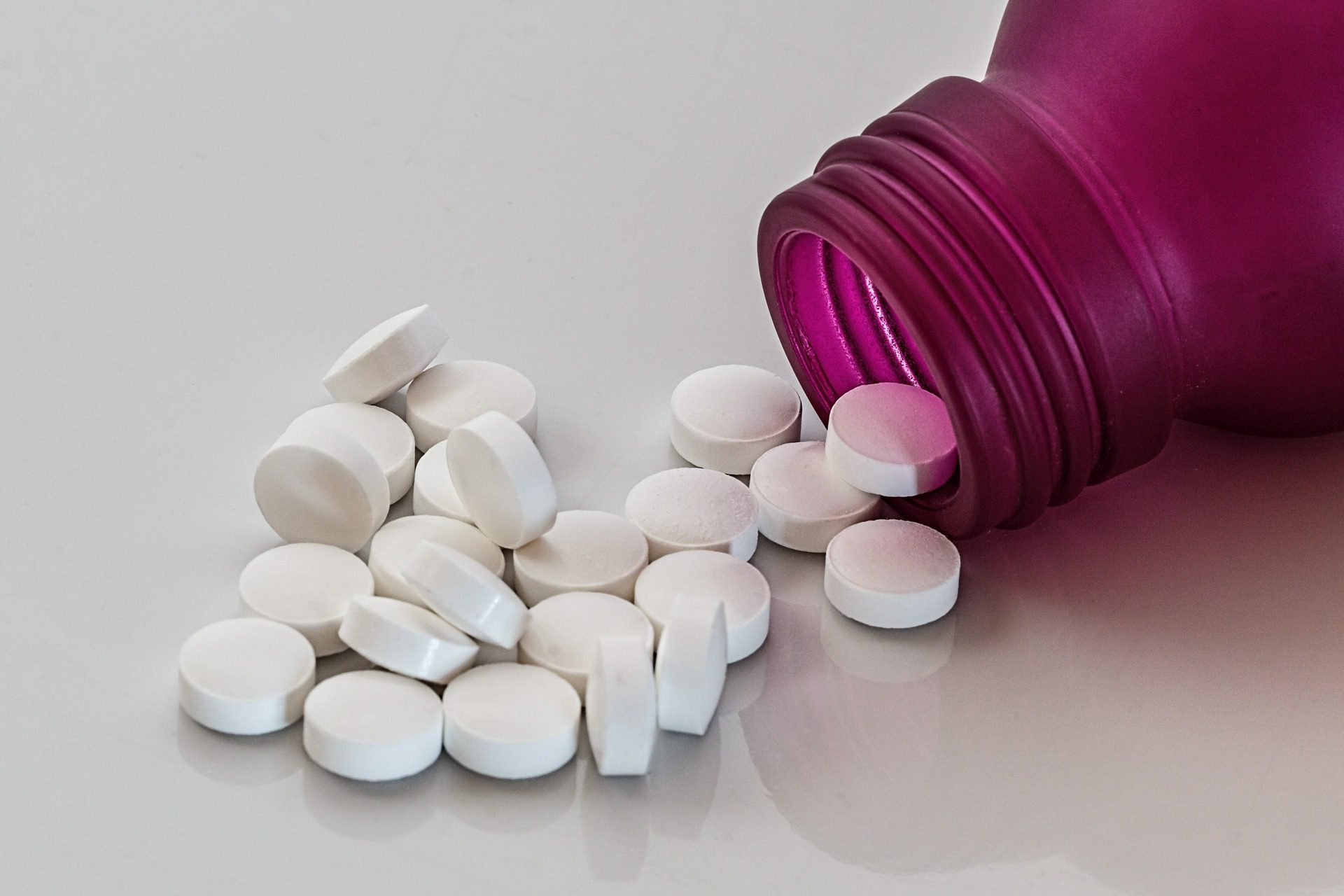The immersive treatment that takes place in residential drug rehab is likely pretty closely related to what you’re picturing right now: a comfortable – perhaps even luxurious – home, beautiful weather, therapy sessions, alternative treatments like yoga, etc.
Those can all be part of residential rehab but there are plenty of benefits beyond that surface level.
What Is Residential Drug Rehab?
In a nutshell, residential drug rehab is where you live at the treatment facility. Between the support staff, addiction specialists, medical staff like psychiatrists and other treatment professionals the care is 24 hours a day and the programs are highly structured and personalized to suit your recovery needs.
Treatment can last anywhere from a month to over a half a year depending on the severity of the addiction.
How Does Residential Drug Rehab Help With Addiction?
The advent of a residential rehab for addiction really did represent a sea change in recovery and the ways in which it’s beneficial are plentiful.
Structure
You have a real, bonafide daily routine at a residential treatment center and that alone is very important. Between individual and group therapy sessions, meals, recreational and alternative therapy options your schedule is packed. There is simply no time to think about doing anything else.
In your previous life, free time meant time you could fill with drug use. That’s removed and replaced with productive activities and therapy. The building and maintaining of a daily structure is something that you carry with you into life after rehab.
Remove Yourself from Triggers
Being in a place where everything revolves around your sobriety and recovery means you’re getting away from the triggers you once lived with. Whether it was where you hung out or whom you associated with, being surrounded by those same elements makes it hard to get clean.
Getting away from those negative influences lets you truly focus on the positive elements of rehab and cementing the things you’re learning. The coping mechanisms, thought patterns and behaviors you’re picking up in rehab need time to gel and going back to that world of triggers is a recipe for relapse.
Surrounded by People Who Understand
Similar to removing yourself from difficult situations or people, residential rehab affords you the opportunity to be in the midst of those who truly do understand you. It’s just easier to relate to someone who has experienced addiction. Even if your home life is full of supportive people, there is still a gulf of understanding between you.
Moreover, being surrounded by people who are working towards and committed to a sober life means you can start to create a network of aligned and like-minded people with whom you can stay connected once you’ve finished up and are back to your daily life. That need for support doesn’t go away.
Drug-Free Environment
Sort of an obvious one but it needs to be said, living in a drug and alcohol-free environment is important. Just like people and places can trigger, the sheer proximity to drinks or your drug of choice can do exactly the same thing.
Part of recovery is learning to deal with cravings and if you have easy access to drugs or a drink you can quickly find yourself overcome by the urge in a moment of weakness. Being in a place that’s free of that and chock full of supportive people makes a huge difference.
Support
Speaking of support, having it is vital in recovery and residential drug rehab is built on support. Not only that but the accountability that it engenders.
VRC Agua Dulce Is Here to Help With Addiction
If you or a loved one is struggling with addiction, residential rehab at Valley Recovery Center at Agua Dulce with private rooms, luxurious amenities and expert addiction specialists, could be the right fit for you. Reach out to us to learn more.





